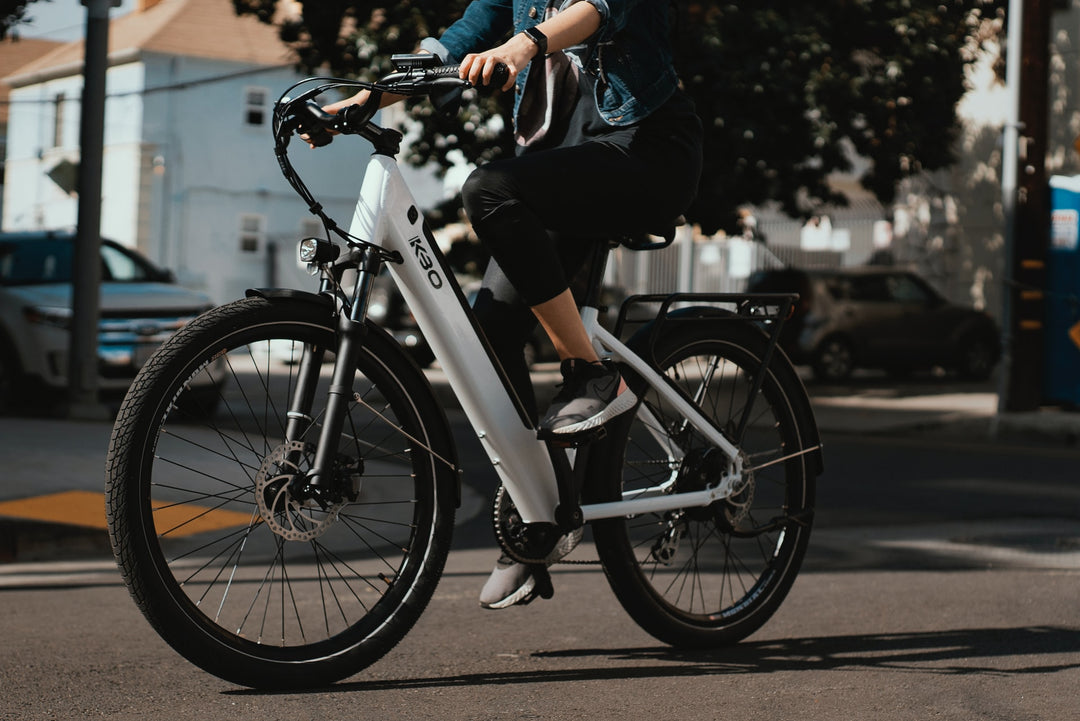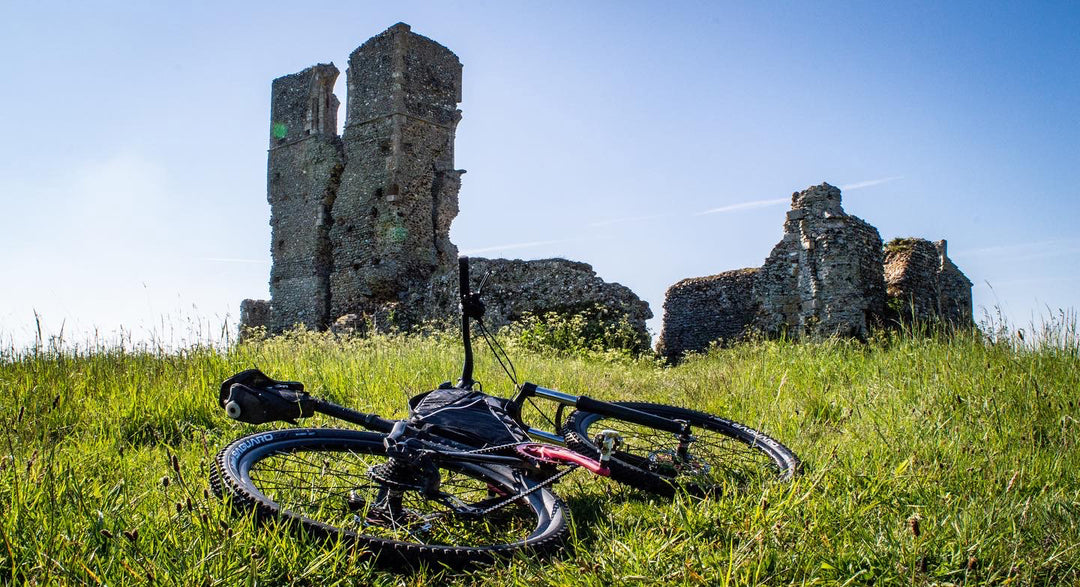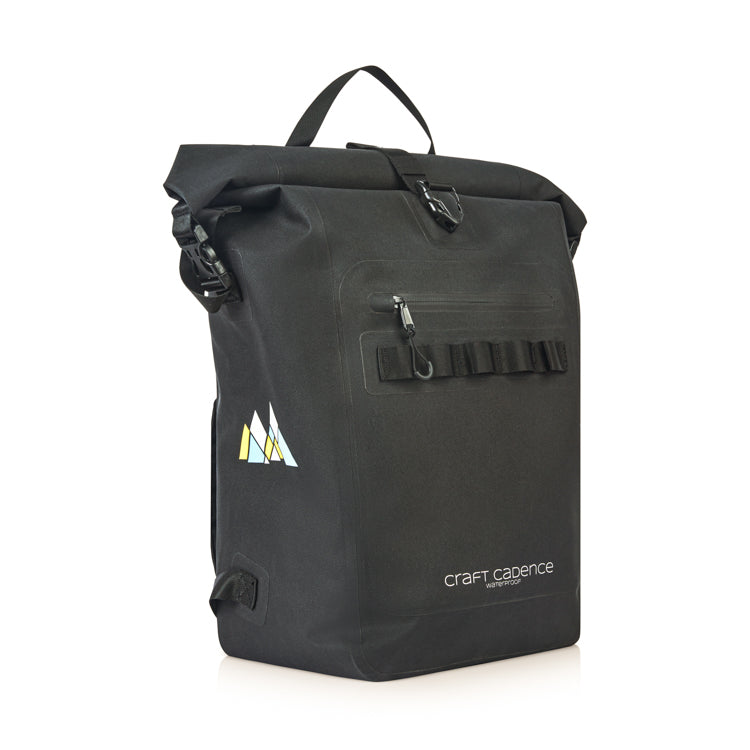A Local's Guide to London's Cycle Superhighway - CS7
Cover photo credit: Allain Rouiller
Craft Cadence is a UK based cycling bags and pollution masks brand that helps commuters stay organised and breath clean air. This is part of series of blogposts covering London's cycle superhighways, from a commuter's perspective. Feel free to comment on your experience of using this superhighway - do keep things civil though!
History
Cycle Superhighway 7 is a 13km cycle route that goes from Colliers Wood in South West London, stretching along the A24 and A3 into Cannon Street, Central London. The route was constructed in 2010, as part of then Mayor, Ken Livingston’s, original 10 planned new cycle routes, called Barclays Superhighways. The project aimed to increase cycling in London by 400% by 2025, compared with the levels in 2000.This original round of planned cycle lanes kick started London's cycle revolution, and can be seen as the start of the term ‘cycle superhighway’, later championed and used by Boris Johnson and TfL projects.
The route was the 2nd superhighway to be constructed, after CS3. Completion coincided with the planned closure of the London Underground’s Northern line, which CS7 follows. This meant TfL were able to promote the new cycle route as an alternative for affected commuters, which was seen as a great publicity strategy.
Cycling Guide
CS7 starts directly outside Colliers Wood tube station, in the Borough of Merton, consisting of blue painted lanes on each side of the A42 road, with no physical segregation. The lanes are demarcated with dotted white lines, not continuous, which means vehicles are allowed to go into the cycle lane space. If you require a meeting point, or have some time to kill, you may like to explore Merton Abbey Mills, located south along the Wandle River. This is an 18th century textile factory, which now houses a number of craft stores, including great coffee and cakes on offer. AW Cycles is near the mill, a traditional bike shop, well respected in the area.
Travelling north, the route simply follows the A42 forming Merton High Street, home of Moose Cycles, specialists in mountain bikes. This section is generally clear, until reaching Tooting Broadway tube station, where the route becomes Tooting High Street. Vehicles are allowed to park on the road here, meaning you will inevitably be forced to move into traffic to negotiate parked cars and even lorries. Along this section you will go past The London Sewing Machine Museum and the popular cycle cafe, Pedal Back.
Past Tooting Bec the road and cycle lane widens and parking restrictions come into force, making it a much more pleasant cycling experience. The lane goes through Balham and then follows the whole length of Clapham Common. See if you can spot any of 3 WW2 bunkers located across Clapham (hint:they are located near tube stations). Approaching Clapham Common tube station, the full paint gives way to intermittent blue signs on the road. This is a busy 3 lane section, but stay straight and keep an eye out for the signs and you should remain on course.
The full painted lane returns, up Clapham High Street, the road becoming the A3. Follow this along past Stockwell tube station, and then Oval tube station. This is the best part of the route, with no parked cars and a fast wide lane to cycle in. At Oval, the route connects up to CS5 going to Pimlico. Again, stay straight to follow CS7, past Oval Cricket Ground and Beafeater Gin Distillery, onto a stretch of continuous painted blue lane, which after Kenning tube station reduces down to just signs on the road. This last for a long stretch all the way to the foot of Elephant and Castle. Luckily CS7 allows you to avoid the busy Elephant roundabout, as it takes you left at a set of traffic lights onto a cycle and footpath through St Mary’s Churchyard. Follow the CS7 arrows on the pavement and road, going left and then right onto Elliots Row, a quiet side road. At the end, a controlled crossing takes you across CS6 going right on the cycle lane and then left onto Princes Street. Follow the CS7 signs as it takes you to Southwark Bridge road.
This road consists of a painted cycle lane which goes all the way to Southwark Bridge, where light segregation is provided for cyclists. A view of The Shakespearean Globe Theatre can be seen to the left as you cross over. On the other side you reach Cannon Street tube station and the end of CS7. However it joins directly onto the CS3 route, into a fully segregated bidirectional cycle lane.This takes you either east or west, providing a link to continue your journey.
Review
At the time of construction, London had not seen any investment in cycle infrastructure. CS7 was viewed as a significant improvement, and demonstrated how cycling can be just as good, if not better, than taking the tube. However, as cycling infrastructure standards have risen (to fully segregated lanes) CS7 now looks dated; compared to the latest N-S and E-W superhighways to be built, CS7 is obsolete and essentially just ‘paint on the road’. This light design offers very little protection to cyclists and in some sections the amount of parked cars makes the route quiet hard to navigate. Learnings from CS7 shaped these newer superhighways,which should be appreciated. The route does need a serious overhaul, and while TfL upgraded the section around Oval in 2015, there are no current plans for further upgrades to CS7.
Despite not being up to modern standards, on a positive note at over 13km the route is very long, and being so direct can be quiet fast, permitting you cycle outside of rush hour periods. It also has great connections as it links directly onto CS5 and CS7. Finally, the route goes past a staggering number of bicycle shops. As a result if you run into any mechanical trouble, you will never be more that 5 minutes from a shop, maybe even two! This also suggests that CS7 remains a popular route for cyclists despite its problems.



